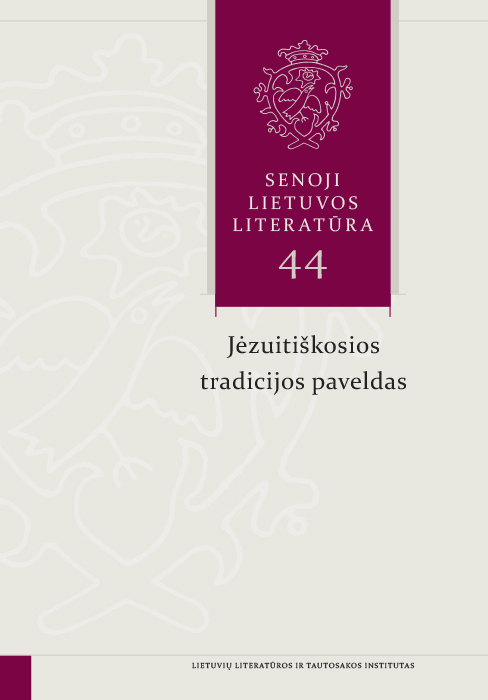Aspects of Jesuitic Clergy Education in Nineteenth-century Lithuania
Abstract
The Jesuitic tradition of clergy education at the education institutions of the Roman Catholic clergy goes back to the sixteenth century in the dioceses of Vilnius and Samogitia. With intervals, when the seminaries had been transferred into the hands of other religious orders, this tradition reached the eighteenth century. However, suppression of the Jesuit Order in 1773 and the activities of the Commission of National Education introduced tangible changes. Partitions of the Polish-Lithuanian Commonwealth in 1772, 1793, and 1795 brought about reforms in clergy education. The authorities of the Russian Empire sought to control clergy education and activities, but internal life of institutions and practices of spiritual nurturing were outside their competence and thus not an easily-controlled sphere. That explains why the practices of Jesuitic nurturing of spirituality prevailed in seminaries. The socio-political context of the second half of the nineteenth century with the manifestations and tensions of modern Russian, modern Polish and Belarusian, as well as Lithuanian nationalisms demanded an active stance from a clergyman if he wished to preserve his loyalty to the Church and to the pope. The model of a clergyman as a protector of faith was also close to the Jesuitic ideal. Some clergymen realised it in their pastoral work and through their social stance
